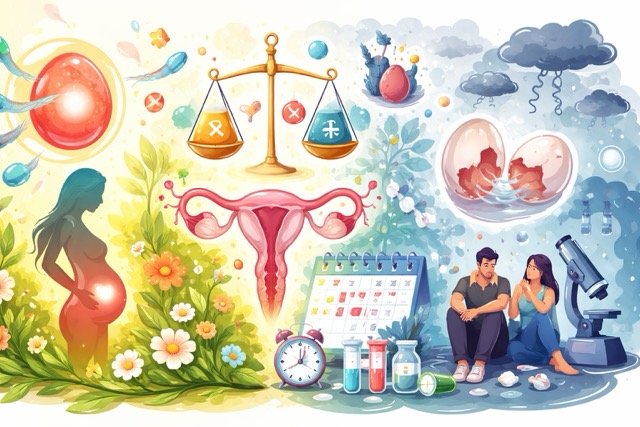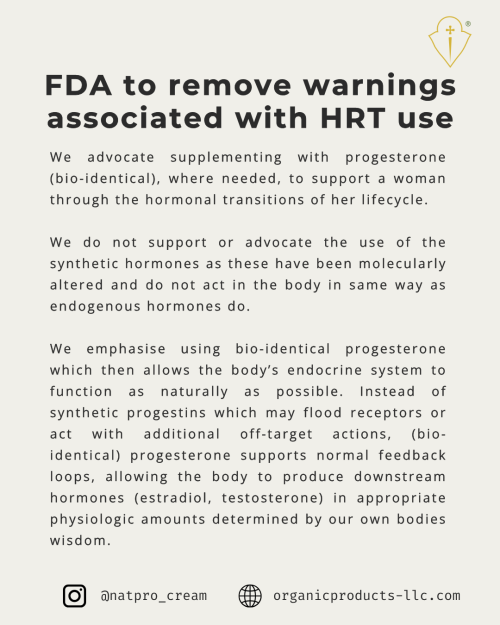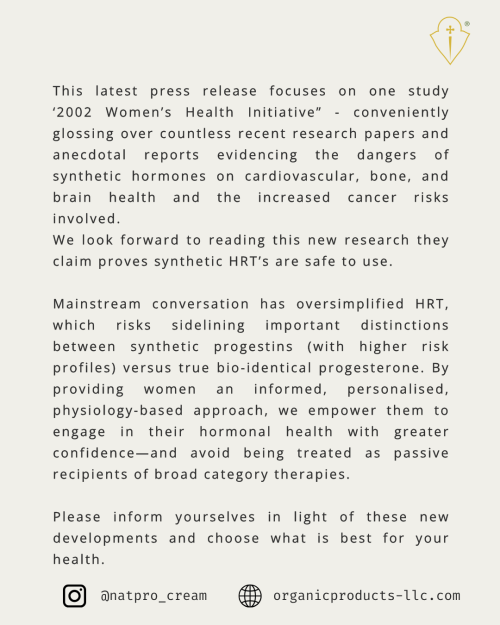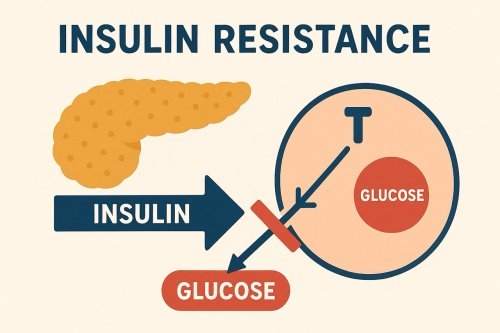Anxiety attack symptoms
Anxiety attack symptoms are characterised by mild to severe mental (emotional) and physical effects.
Anxiety attack symptoms can be caused by an external mental or physical stressor or endogenously by a drop in blood glucose.
The body responds to any Stress, either mental or physical, real or perceived, good or bad, in the same way.
The stress hormones cortisol, noradrenaline and adrenaline rise, this causes restlessness, nervousness, jitters and other non-specific and non-directed signs of agitation. Blood is directed away from periphery blood vessels and directed to the heart and major muscles, blood pressure increases, as does heart rate. The immune system, digestion, hormones, neurotransmitters etc are suppressed.
In other words the body goes on hold, apart from the heart and legs, until all danger has been dealt with. Fine when being chased by a sabre tooth tiger, but harmful if not!
This outpouring of adrenaline causes glycogen (glucose) stored in cells in the body, particularly the liver, to pour into the blood to give energy. As the glucose drains out it is replaced by water, causing bloating and weight gain. Too much adrenaline can bring on an attack of panic, migraine, epilepsy and some of the symptoms below:
Mental:
agitation, agoraphobia, apprehension, constant worry, endless crying, depression, feel stressed and/or overwhelmed, irrational fears, irritable, irrational behaviour, lack of self confidence and esteem, procrastination, low tolerance to stress, nervousness, panicky feelings or panic attacks (sometimes leading to tetany, a sustained muscle contraction not caused by tetanus) difficulty relaxing, emotional balance upset, tension, social phobia
Physical:
aggression, butterflies in stomach, breathing difficulties, cold and/or clammy hands or skin, cravings for sweet things, dizziness, exhaustion/fatigue, headaches, hot flushes/sweating, itching skin, jittery, lump in throat, misty vision in eyes, muscle weakness, nausea, rapid heart beat or palpitations, shaking or trembling, shortness of breath, stiff/uptight, stomach in 'knots', tight chest, tremors
If the glucose is not used up in either the fight or flight response, the body responds by creating a surge of insulin to prevent hyperglycaemia. It does this by converting the excess glucose into fat which then gets deposited in the fatty tissues causing weight gain.
An increase in cholesterol and triglycerides also occurs. If too much insulin is released blood glucose drops sharply, leading to many of the above symptoms.
If at this point no food is eaten, to prevent the glucose dropping too low, the adrenals again pump out adrenaline to bring stored glucose into the blood, and so a vicious cycle is started.
Adrenaline, apart from making the heart race, produces the following anxiety attack symptoms.
- FIGHT: Aggression, Irritability, Rage, Violence
- FLIGHT: Avoidance, Mental confusion, Withdrawal, Fatigue
- FRIGHT: Anxiety, Apprehension, Depression, Panic
With the drop in levels of neurotransmitters, particularly GABA, (one of our major calming neurotransmitters) and serotonin (our major mood control neurotransmitter) and a drop in progesterone levels, agitation, nervousness, panic attacks or panicky feelings are produced. It is essential to replace these missing nutrients to prevent further agitation.
Food plays an important role. Excess carbohydrates in the form of sugar, sweet drinks, processed foods, all grains, and sweet starchy fruit and vegetables, can cause blood glucose to increase too rapidly. This prompts excess insulin to be released, which drops the blood glucose too fast. And the whole cycle begins again.
Natural treatment of anxiety attack symptoms
Progesterone is known as a neurosteroid, because it is synthesised in the central nervous system and affects nerve functioning, and therefore mood and behaviour. See here and here .
Progesterone has been found to enhance GABA's calming affect and suppress the excitatory glutamate response. The anti anxiety affect is noticed within three to ten minutes, whether injections or topical progesterone had been used as the means of administration.
The anti-anxiety response is similar to that found after the administration of benzodiazepine drugs, but of course with no addictive risks. See here.
Progesterone works by activating the GABA receptor sites, GABA is a calming neurotransmitter. See here.
Unstable blood glucose can cause anxiety attack symptoms and panic attacks. It is imperative to stabilise this. Progesterone can assist, whereas oestrogen destabilises it. See here.
Insulin resistance can cause unstable blood glucose. If this is suspected, it is possible to reverse naturally.
To help reverse insulin resistance see this page for information on supporting nutrients.
Stress, particularly sudden, can bring on an attack of anxiety/panic. It's difficult to avoid stress, but if blood glucose is stable and progesterone is used, the stress response will be much less severe.
Conventional treatment of anxiety attack symptoms
Anxiety, severe anxiety and psychosis are usually treated with benzodiazepines, one such is diazepam (Valium). Occasionally SSRI (selective serotonin reuptake inhibitors) antidepressants are also used.
Benzodiazepine drugs work by enhancing the anxiolytic activity of GABA, thereby increasing the inhibitory processes in the brain. Unfortunately they cause physical dependence and addiction and should only be used at a very low dose for short term relief of no more than two weeks. See here and here.
Patients on low dose, long term therapy become addicted to the drug. Patients with anxiety disorder are at risk of addiction.
Diazepam and the other benzodiazepines are used to relieve anxiety, muscle spasms, and seizures and to control agitation caused by alcohol withdrawal. Normally given orally, they may be used intravenously for panic attacks.
Benzodiazepines can cause aggression, anger, mania and hypomania, anxiety, schizophrenia, suicidal thoughts and violence. Combining with alcohol can be particularly dangerous. See here.
Another anxiolytic is buspirone given to treat anxiety disorders or short-term treatment of anxiety. It works on the serotonin receptors, but not the GABA receptors, and does not cause sedation or addiction as do the benzodiazepines.
Psychotherapy, an alternative to drugs is also used.
Natural anti-depressants and anti-anxiety nutrients
Listed below are a number of natural antidepressants/anti-anxiety nutrients. It's better to start with progesterone and the vitamins, minerals, taurine and glycine first. If needed the other amino acids can be added later, these are harder to work with. If too much is taken, symptoms can come back.
Progesterone
This is a natural monoamine oxidase inhibitor and works by increasing levels of serotonin and dopamine in the brain. It also activates the GABA receptor sites making GABA more effective.
Women should use between 100-200mg/day, men should use between 10-100mg/day. If there is a severe problem more may be required. For more information see the page How to use progesterone cream.
Before using progesterone it's essential to read the page on Oestrogen Dominance first.
Glycene
A calming amino acid, it helps with seizures, relaxes muscles, improves glycogen storage, and having the proper amount increases energy. It's one of the precursors to glutathione, after vitamin D the most important cellular antioxidant.
Take 500mg/day, together with 25mg vitamin B6. It's safe to go up to 6000mg/day
Taurine
Another very calming amino acid, particularly for the heart. There is more taurine in the heart than all other aminos combined. In people who suffer from panic attacks, anxiety and chronic fatigue the heart rate variability is erratic, taurine helps to calm this.
Take 500mg/day, increasing till the optimum is found. Take 25mg of the co-factor vitamin B6 too. It is safe to go up to 6000mg/day.
Inositol
Sometimes classed as one of the B vitamins, it can be helpful in depression as it raises serotonin levels. It also helps stabilise blood glucose levels, by increasing the action of insulin and decreasing insulin resistance. It has a calming affect, helps in combating depression, panic attacks, mood swings, obsessive-compulsive disorder, bipolar disorder and anxiety. Stress often causes Hair Loss, inositol can help, and in fact is known as the anti-alopecia vitamin.
Take 2000-4000mg/day. Levels of 12,000-18,000mg/day have been given for OCD and depression.
Vitamin B3 (niacin or nicotinic acid, nicotinamide or niacinamide)
An antidepressant vitamin, it aids in depression, schizophrenia, fatigue, low blood sugar, muscular weakness and helps oxygenate the brain. It's made from the amino acid tryptophan. Nicotinamide has some benzodiazepine-like properties. See here and here.
Take 100mg/day. Levels of 1500mg/day of niacinamide have been given for anxiety. Up to 30g/day of niacin have been given for schizophrenia. Niacinamide does not cause flushing of the skin, niacin does.
Vitamin D3
A lack of this vitamin causes anxiety and depression, plus a host of other problems. A lack also destabilises blood glucose and can lead to insulin resistance. Over 50% of people living 35 degrees above or below the equator are deficient. It is essential to have a test done and take supplements to raise the level. Blood levels should be 70-100ng/ml or 175-250nmol/L and not the 30ng/ml or 75nmol/L most labs and doctors regard as adequate.
The minimum daily dose should be 5000iu's per day, although the research indicates it should be 10,000iu's per day, see here. Children under 12 should take 2000IU's per day.
The test should only be done for 25-hydroxyvitamin D, also called calcidiol. For more information please see...
Zinc
The second most abundant trace mineral in the body, zinc is a constituent of insulin, making it extremely important for blood glucose control. It is also found in many enzymes, including superoxide dismutase, a powerful antioxidant and liver protector. It is vital for a healthy immune system and is required for protein synthesis and collagen formation. Deficiencies can lead to acne, bulimia and anorexia, lack of taste and smell, abnormal appetite, dementia, lethargy, retarded growth and sexual development, high cholesterol levels, depression, impotence and infertility, recurrent colds and flu. It is especially important for teenagers to get sufficient for normal reproductive growth. It is a vital part, together with vitamin B6, in the conversion of homocysteine into glutathione.
An imbalance between zinc and copper can cause ADHD, depression, bipolar disorders, and schizophrenia. Often an epigenetic problem, but poor diet, malabsorption, emotional stress, physical injury, or exposure to environmental sources of copper or toxic heavy metals can be to blame too.
Puberty in girls is especially difficult, as rising oestrogen levels cause copper to rise, depressing zinc levels. But if oestrogen levels increase at any point due to Contraceptives, HRT, or after the birth of a child, a hysterectomy, menopause, or environmental exposures to copper, depression, irritability and psychosis can occur.
PMS is often caused by excessive copper levels and depressed zinc levels, due to the unbalanced ratio between progesterone and oestrogen.
Take 15mg/day. If a deficiency is suspected take 100mg/day to increase levels until symptoms pass.
GABA
If the depression comes with anxiety and panic, then the amino acid GABA, also the most calming neurotransmitter, can be taken too. It can eliminate all feelings of anxiety and panic.
Take 250mg/day initially, increasing till the optimum is found. Vitamin B6 is a necessary co-factor, take 25mg/day. It is safe to go up to 1000mg/day.
GABA is difficult to administer, as it's easy to exceed what is needed and then symptoms return, so increase very slowly.
Tryptophan
This is the amino acid precursor to serotonin, which is low in depression, insomnia, anxiety, OCD, a slow gut leading to constipation, stomach knots, IBS, aches and pains, including fibromyalgia, hot flushes and more. It helps stabilise blood glucose as it's involved with appetite control. Often a sharp drop in blood glucose causes depression and anxiety. This drop can also cause a Hot Flush, studies have found tryptophan helps with these. Serotonin is the precursor to melatonin our sleep hormone, so supplementing with tryptophan helps with insomnia.
Start with 250mg/day at night only and away from food high in protein. Tryptophan needs an insulin spike to push it into the brain, so take with about 1/4 glass of fruit juice. It also needs vitamin B6 and folic acid to convert it into serotonin, so if the tryptophan doesn't come mixed with B6 and folic acid, take 25mg B6 and 300mcg folic acid with it. Increase the dose slowly in 250mg increments until you find the optimum dose. If you find you wake during the night, have another dose ready by your bedside, together with some juice. Take it upon waking, without getting out of bed. You should drop off to sleep soon after. It is safe to go up to 6000mg/day.
Caution: If you are on any antidepressant, consult with your health care practitioner first.
Tyrosine
Although a non-essential amino acid, tyrosine is one of the most important. It is another effective antidepressant. It's the precursor to dopamine, which is often low in depression. It's also the precursor to the stress hormones adrenaline and noradrenaline, the two thyroid hormones T3 (triiodothyronine) and T4 (thyroxine), plus melanin, the pigment found in hair and skin. It's part of the enkephalin peptide involved in regulating and reducing pain, and increasing pleasure. Tyrosine is essential for any stressful situation, cold, fatigue, emotional trauma, prolonged work, sleep deprivation, it improves memory, cognition and physical performance. Levels drop when stressed.
To begin with take 250mg/day in the morning. The co-factors needed for conversion are vitamins B3, B6 and folic acid. Take 25mg B3, B6 and 300mcg folic acid. Gradually increase the dose until the optimum is found. It is safe to go up to 6000mg/day.
Caution: It's easy to exceed what is needed and then symptoms return, so increase very slowly.
More information on Natural Antidepressants and Coming off Antidepressants
For general nutrition and dietary recommendations for coping with anxiety attack symptoms click here.
For technical references click here.
 If you are feeling confused or overwhelmed by fertility challenges, or wondering if hormone balance might be affecting your ability to conceive you are not alone—many women and couples face uncertaint…
If you are feeling confused or overwhelmed by fertility challenges, or wondering if hormone balance might be affecting your ability to conceive you are not alone—many women and couples face uncertaint…
 _____
_____ Feeling tired, foggy, or struggling with stubborn weight gain—especially around the waist? You might be surprised to learn that these symptoms could be linked to insulin resistance, a condition that a…
Feeling tired, foggy, or struggling with stubborn weight gain—especially around the waist? You might be surprised to learn that these symptoms could be linked to insulin resistance, a condition that a…